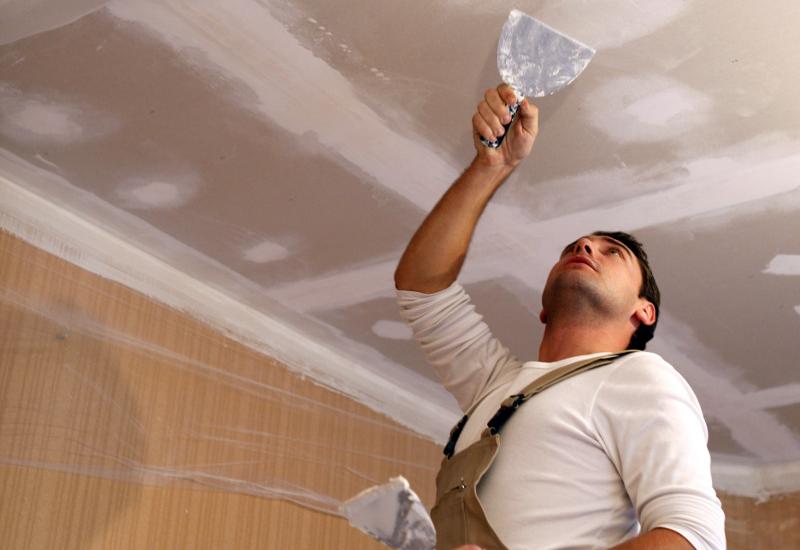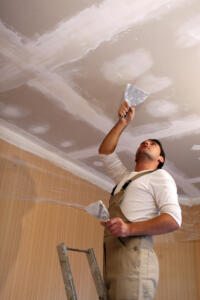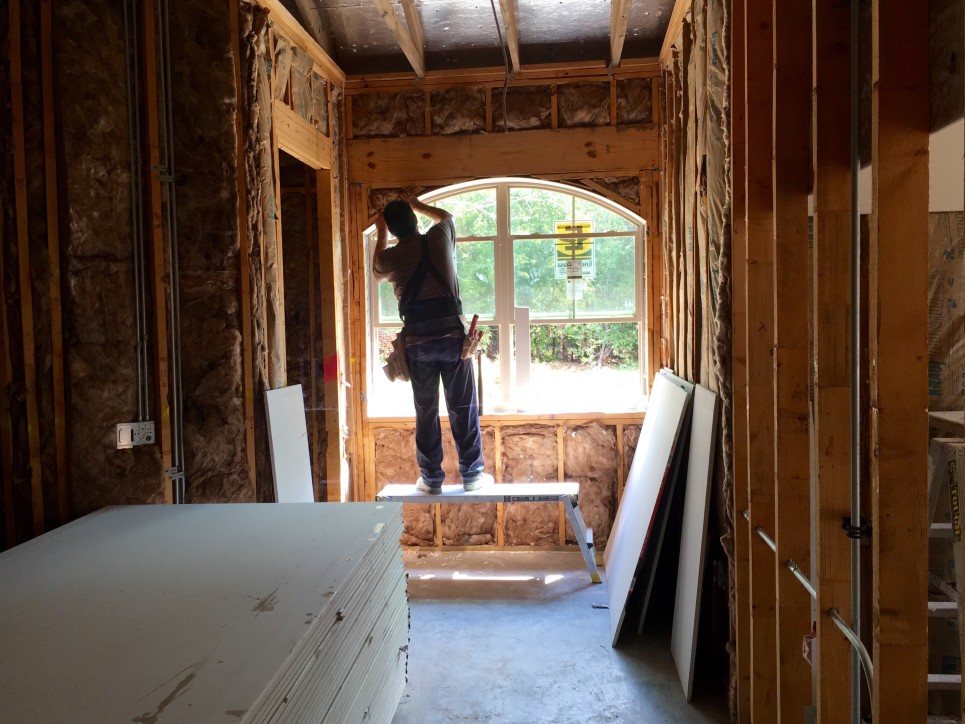
As lake homeowners, we know that renovations and repairs are a fact of life. But how do we handle these projects safely during a pandemic? If your wish list for home updates is growing fast—or you desperately need a plumber now—there are a few safety issues to consider before you embark on a new project. We talked to experts about steps you should consider prior to inviting contractors into your home.
“During these unprecedented times, nothing is more important to me, my team, and our tradespeople than following OSHA COVID-19 workforce guidelines,” says Chicago interior designer Michelle Rohrer-Lauer, owner of Michelle’s Interiors. “No matter what clients want done, I am committed to providing the safest experience possible for all of us.”
Before You Begin
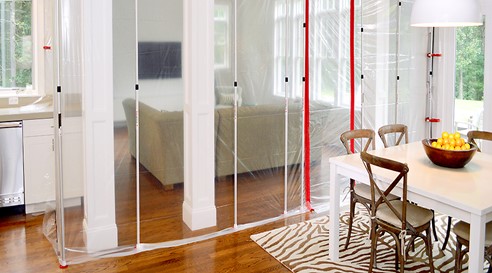
To kick off a design project, Michelle says a great deal can be accomplished via phone, video conferencing, and email to discuss the nature of what isn’t working, what you want to be done, and style and color preferences.
Next, a brief in-home visit—mask-wearing and social distancing required—can be scheduled to take measurements and get a feel for your space layout. Then, sanitized samples of finishes and fabrics can be delivered to your front porch—or you can choose to discuss selections together inside or out in the backyard while wearing masks if preferred.
As your project gets underway, make sure your design professionals follow these tips to ensure the highest standards of safety:
- All workers have a designated entrance, wear masks, and maintain social distancing
- Zip-wall dividers isolate the room where installers are working
- Porta-potty with hand sanitizer on-site for workers
- Disinfect frequently touched items such as door pulls
- On installation days, all delivery people wear masks and gloves
Michelle also encourages clients not to touch their new furnishings for 24 hours and sanitize glass and metal surfaces. “My goal always is to make the design process easy and enjoyable, particularly during these challenging times,” she assures. “I take care of all the design details and monitor safety so clients can focus on their day-to-day life and enjoy the results.”
Communicate with Craftspeople and Contractors
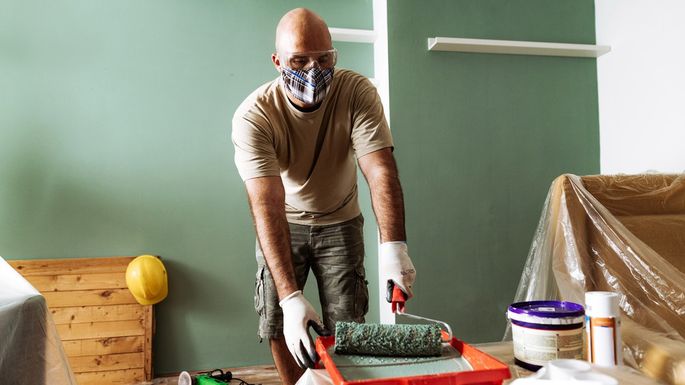
Make sure to have a conversation with contractors and renovation professionals prior to them coming into your home. In an interview with Realtor.com, Doug King, president of the National Association of the Remodeling Industry and president of King Contracting in St. Petersburg, Florida, suggests asking these questions:
- How do you plan to keep my family safe while you’re working here?
- Does your company have a written policy or procedure for performing work at private residences?
- Who will enforce these policies?
You’ll also want to discuss safety basics and cleanliness and reassure professionals coming into your home they are entering a safe work environment. Everyone—you and your contractors—should be following CDC guidelines.
King also advises that no one should enter your home if there are sick persons in the house or if any of your workers are showing COVID symptoms. He also recommends you leave the house if possible while the work is underway. If you can’t leave, avoid the area while the workers are there and keep any immunocompromised family members far away from the project site.
Keep Calm and Carry On
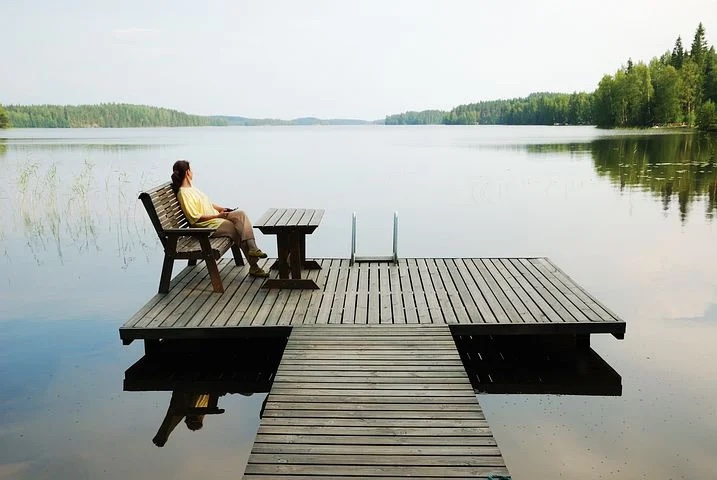
The best advice? Be flexible, be understanding if your plans change, and—above all—be patient. Keep in mind that nearly everyone has been sheltering in place for more than a year, and as a result, many renovation projects have been delayed.
The production and distribution of materials and supplies are backed up, contractors and craftspeople are booked out months in advance, and project deadlines have been impacted to an unprecedented degree.
King notes that in some cases, lead times for products such as cabinets, doors, and windows have doubled—and even tripled. Delays are inevitable, and it’s best to mentally prepare yourself for this ahead of time and adjust your expectations.
Be respectful that everyone is trying to strategically—and optimistically—recalibrate together during these uncertain times. Planning and looking forward to the outcome of your dream project is its own reward—and a great part of the fun!


